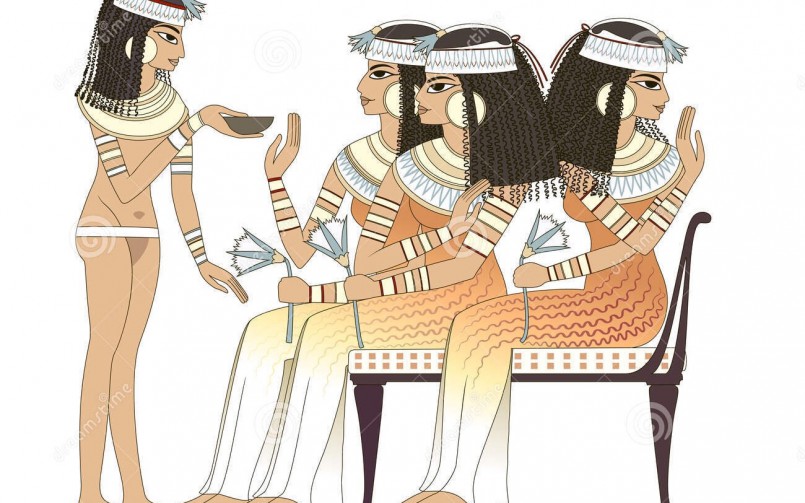
A quick history of contraception – Part 1: The Ancient Egyptians
The topic of contraception is probably as old as human civilisation. Children were of course wanted in the past – but perhaps not always.
When a man and a woman have sex, without protection, it’s only a matter of time before they receive the wonderful gift of offspring. That’s just the way it is, how it always was and how it always will be. In the past offspring ensured our continued existence and looked after the elderly. Too many children, however, costed money and food and drained the mother while in the womb.
In Cleopatra’s time …
Our ancestors were not without their creativity when it came to preventing an unwanted pregnancy. The Egyptians, for example, crafted tampons from acacia leaves and honey, which were supposed to kill off sperm cells with the resulting lactic acid.
Even pomegranate seeds, crushed and moulded into a tampon using wax, seemed to offer a great solution to the contraception problem.
Ancient Egyptian women knew quite a few methods. One barrier method made use of a pressed out lemon half that was placed over the cervix. A contraceptive method, which many women use today, albeit a less sour variation – the diaphragm.
Men also had their turn
An early form of the condom also existed in Ancient Egypt. The image of Tutankhamen with a condom is controversial and was also interpreted as being but a simple bandage. What it really was – we may never know.
What is clear, however, is that humanity has been dealing with concept of contraception for a very long time.